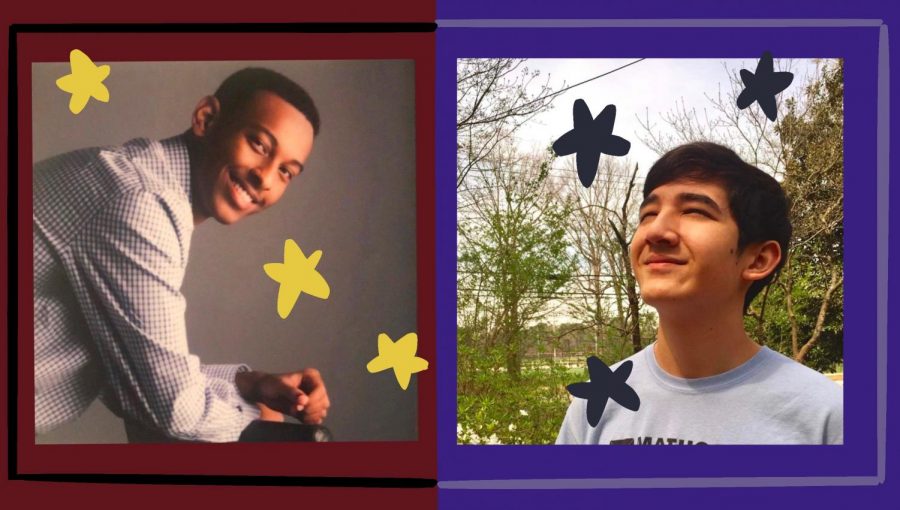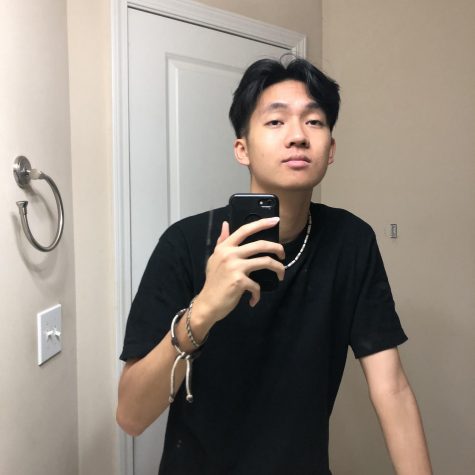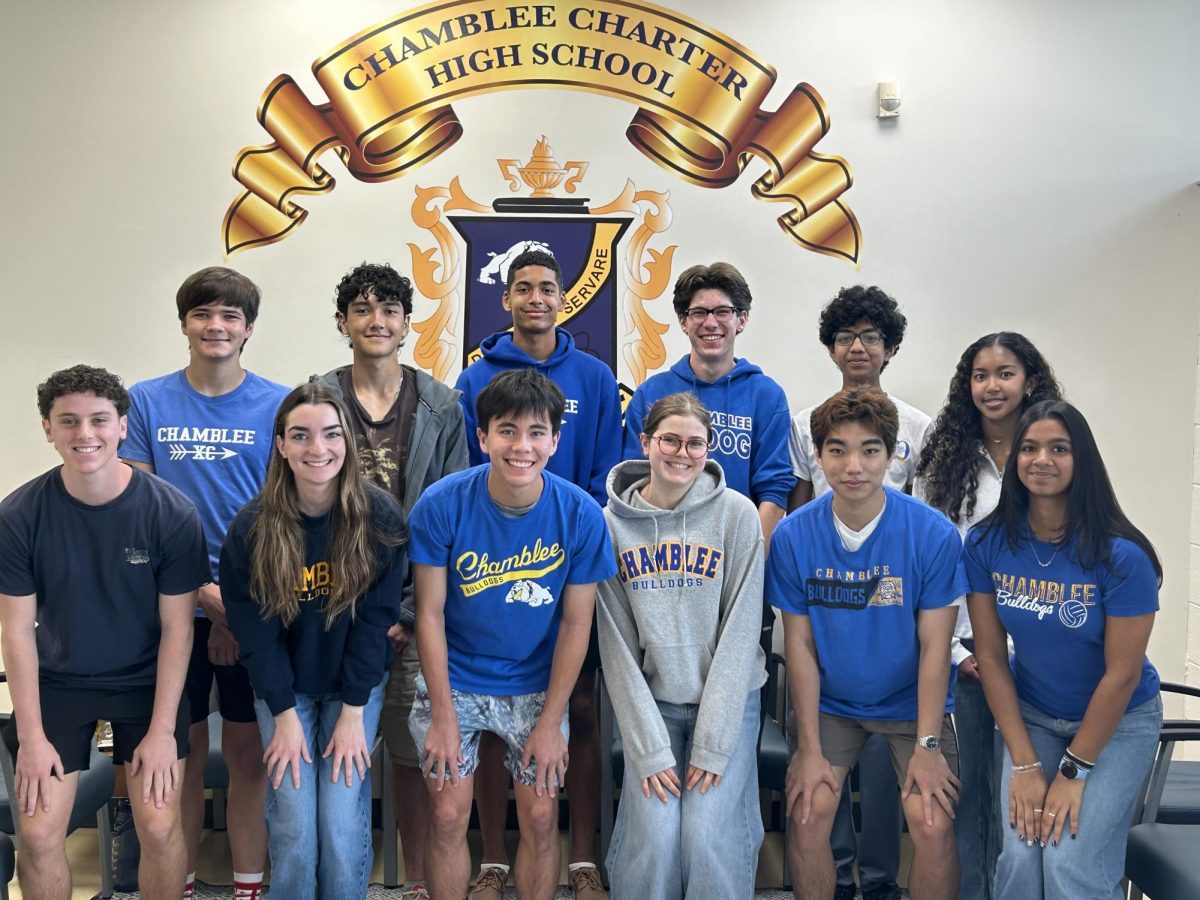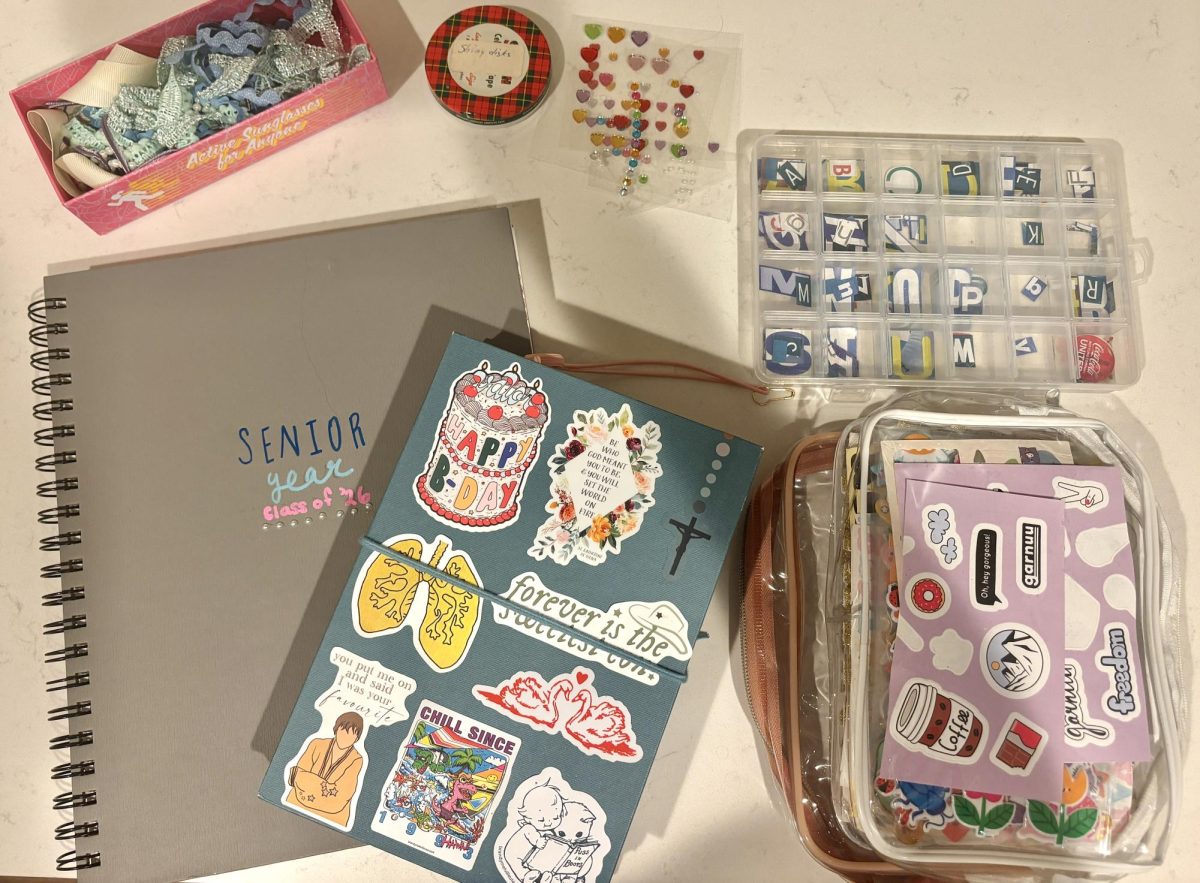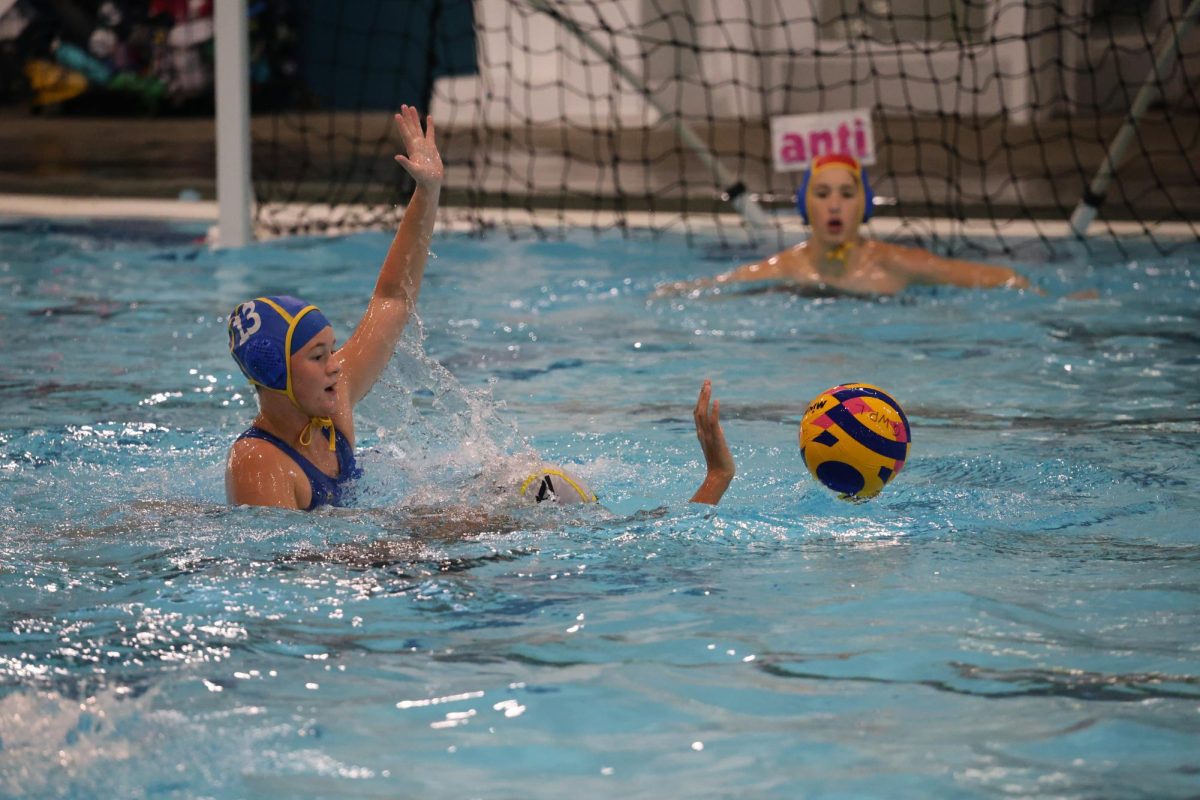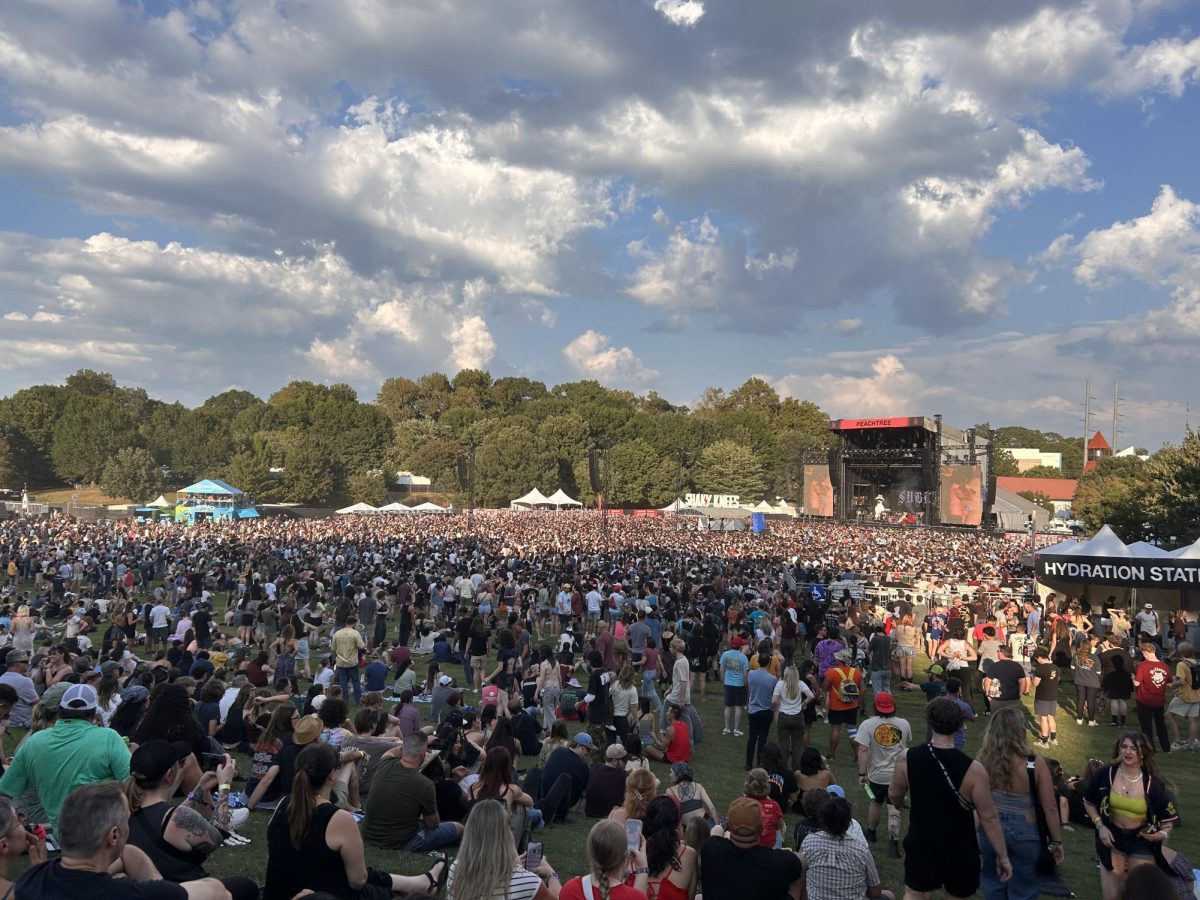On the ‘Quest’ for a Full-Ride: Chamblee Students Earn Full, Four-Year Scholarships to Prestigious Universities
December 21, 2020
The QuestBridge National College Match (NCM) is a college application process that offers low-income high school students an opportunity to attend some of the nation’s top schools on a full-ride, four-year scholarship. This year, two Chamblee students, Sam Wondsen and Farley Wall, were able to earn this prestigious scholarship and will be attending Stanford University and Northwestern University in Fall 2021, respectively.
“I found out about QuestBridge in ninth grade, when a family friend matched to [the University of Pennsylvania] through the National College Match,” said Wondsen, who matched with Stanford. “The chance to attend a top-tier university is what drove me to apply.”
Wall, on the other hand, found out about the scholarship through Wondsen.
“I actually learned about QuestBridge through talking with Sam, and I decided to apply mostly out of curiosity and in the hopes that I could learn more about the college application process,” Wall said.
According to QuestBridge’s official website, they are looking for “high school seniors who have shown outstanding academic ability despite financial challenges,” and finalists typically come from households that earn “less than $65,000 annually for a typical family of four and have minimal assets.” However, this is not a strict cutoff, and QuestBridge encourages all students who feel that they have faced financial hardship to review the financial criteria and apply.
Essentially, the way that the NCM works is that applicants choose up to twelve of the QuestBridge college partners—which include the likes of Harvard, MIT, Yale, Duke, Princeton, Stanford, Northwestern, and more—to rank in order of preference and are then “matched” if one of the schools on their list offers them acceptance. In the case that multiple schools on an applicant’s list offer acceptance, the applicant is matched with the school highest on their rankings.
“I didn’t have a single school that I was dying to get into, so I decided to rank eight different schools that I would be excited to attend,” said Wall, who matched with Northwestern University. “I knew that I wanted to go into STEM, so academics and the availability of resources were important. The other schools I ranked were Duke, MIT, Princeton, UPenn, WashU, Emory, and Rice.”
Because QuestBridge counts as an early decision application, the match agreement is legally binding, and applicants are required to withdraw all of their other college applications once they match—which means that the decision to rank a school, if matched, is final.
“I decided to rank Northwestern for a number of reasons. Although I am still a little unsure on how to handle the weather, I decided that the pros outweighed the cons,” said Wall. “I knew that I wanted to go to a larger school, and Northwestern’s location just outside of Chicago gives students access to the city without living downtown. I chose NU because of the community and the opportunity to pursue the subjects that I have grown passionate about in high school, such as biology, chemistry, and statistics.”
Wondsen, who ranked MIT ahead of the school he ended up matching with, Stanford, actually found that he preferred Stanford to MIT in the period leading up to Match Day, the day decisions came out.
“I ranked Stanford because it is a school that I have gradually fallen in love with. As I learned more about the university through their website and Stanford YouTube videos, I realized that it was a place I would love to spend the next four years of my life at—if not longer,” he said. “After submitting the official rankings, I actually realized that I would honestly prefer Stanford to MIT, so I’m happy with the way things turned out.”
The NCM involves two stages. In stage one, students’ applications are reviewed and chosen by QuestBridge from the large pool of applicants to advance in the matching process as finalists. In stage two, finalists’ applications are then reviewed by the actual colleges they ranked to determine acceptance. After being chosen as finalists and in the days leading up to Match Day, both students were nervous but excited to see what kind of news would await them when they opened up their application update page.
“I became a QuestBridge College Prep Scholar my junior year, which gave me a higher chance of [getting matched to a school]. [I was] somewhat confident going into finalist decisions, but I knew that the match would be a completely different story, as the schools I ranked are some of the best in the world,” said Wondsen.
The QuestBridge College Prep Scholars [CPS] Program is an “all-in-one” application that students apply to during the summer and are given the opportunity to earn awards such as scholarships, free campus visits, and other resources and opportunities, such as specialized college application guidance and other summer programs—CPS is not actually an in-person program, but instead, a program that provides students with college prep resources and an application that can be used to apply to in-person summer programs. According to QuestBridge, students who apply for and make CPS are historically five times more likely than other applicants to earn the four-year Match Scholarship.
“After submitting the supplementals for the match, I had to wait one full month before decisions came out on December 1st. I was very busy that day, giving me less time to think about the decision, but in the days preceding, I was definitely nervous but had an optimistic outlook,” said Wondsen.
Wall can also relate to this feeling of anxiety.
“When I initially applied, I didn’t think there was a real chance of getting matched. I was worried that there was nothing that stuck out on my application and that I didn’t really deserve it. By the time the results came out, I was dying to know. I can’t say if I was optimistic or pessimistic because it was truly an emotional rollercoaster, but I was definitely nervous,” he said.
So what did make these students’ applications stand out above the rest of the applicant pool, at least in their opinion?
“I wouldn’t say there was one thing that made my application stand out, but rather a combination of everything that was portrayed. I’ve taken rigorous classes throughout all of high school and had a great SAT score, but they aren’t the sole metrics used to determine admission due to holistic review,” said Wondsen. “[However, a] metric that is sometimes overlooked by applicants is essays. The QuestBridge application has far more writing involved than the regular Common App for the applicant to take advantage of. I believe that I was able to convey different parts of my identity, passions, and hobbies through these essays which let the admissions officers discover who I truly was.”
Wondsen is correct; while the common application’s writing section only consists of the 650-word common app essay prompt and whatever additional supplemental prompts that each specific college asks for, the QuestBridge application asks for two additional 250-word short answer prompts and a 500-word essay as well as the 850-word biographical essay—in place of the Common App essay—in addition to each school’s respective supplementals.
Wondsen plans to major in Physics at Stanford on an Astrophysics track while Wall plans to major in Biological Sciences at Northwestern on a pre-med track.
“I would definitely recommend any juniors to apply for both College Prep Scholars and the National College Match, and my advice would be to give yourself plenty of time to work on the applications and get teacher recommendations,” said Wall. “The College Prep Scholars program has plenty of opportunities to offer scholarships to summer programs and a unique college admissions conference. The application for the NCM is due in late September, so I would definitely start working on that as soon as the application is released in the late summer.”

